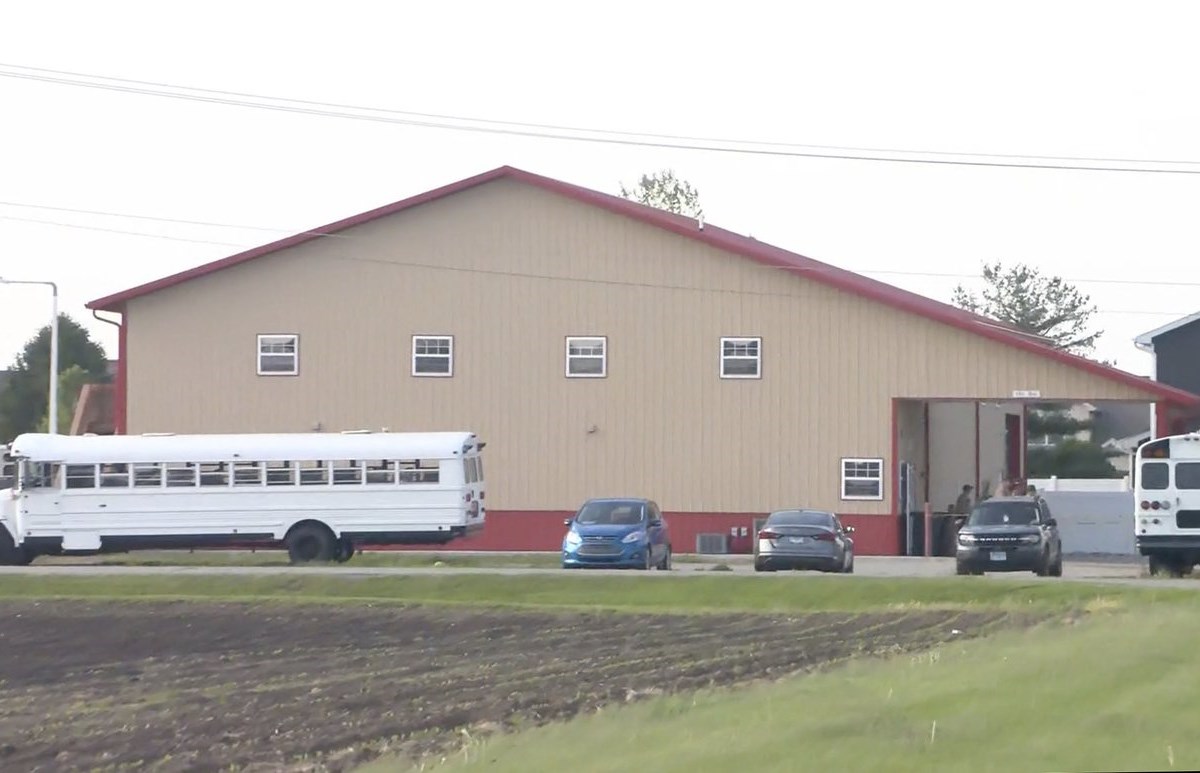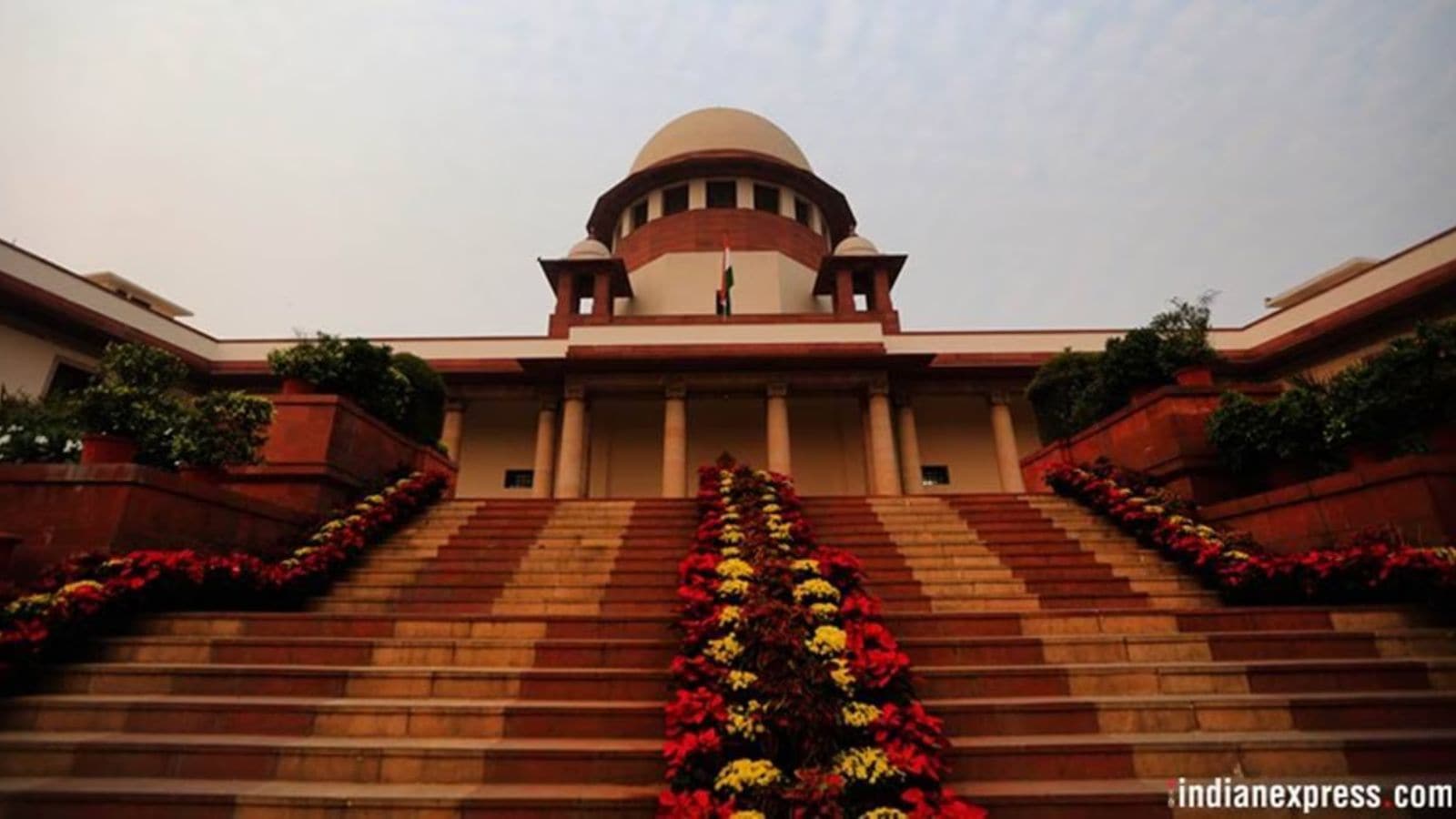Historic Hawaii: Tracing the past at Honolulu’s Iolani Palace

A blend of Victorian and Hawaiian architectural styles, the Iolani Palace was completed in 1882 and is a fascinating testament to the grandeur and opulence of the Hawaiian Kingdom. It stands as a powerful symbol of a bygone era and, for Hawaiian natives, the palace is a direct link to their past as an independent nation before it was illegally and forcefully overtaken on Jan. 17, 1893. Ultimately, the Hawaiian Islands were annexed by the United States in 1898 and the palace served as the capitol building of the Hawaiian government until 1969. At the time of the overthrow, Hawaii’s last ruler, Queen Liliʻuokalani, was held captive inside the palace’s second floor in rooms now accessible by visitors. The audio tour first brings you through two floors of rooms and ends in the basement galleries. The opulent interiors, adorned with intricate details and authentic period furnishings, offer a glimpse into the lives of Hawaiian royalty. The throne room, with its towering ceiling and ornate throne, evokes a sense of power and majesty and the queen’s private quarters, filled with personal belongings, offer a more intimate look at the lives of those who once resided within these walls. A new exhibit at the Iolani Palace celebrates the life and legacy of Queen Liliʻuokalani’s brother, King Kalakaua. David Laʻamea Kalakaua was a powerful figure against western imperialism, as Europeans and Americans sought to take the island nation for their own. In 1874, he was elected the sixth king of Hawai’i and for 17 years, he led with a progressive vision that expanded Hawaii’s diplomatic relationships throughout the world, strengthened the Hawaiian economy, and aimed to stop the decline in population among Native Hawaiians. The palace’s history is intertwined with the story of Hawaii itself. It witnessed the rise and fall of the Hawaiian monarchy, from the reign of King Kamehameha III to the overthrow of Queen Lili’uokalani. It’s a moody place and the palace’s walls seem to whisper of political intrigue and grand celebration, but, overall, there’s an overwhelming feel of melancholy reflecting the sad end of the Hawaiian monarchy. Tickets sales are online only. No walk-ups or same-day reservations. The ticket window is in the Hale Koa (the Barracks building adjacent to Iolani Palace) and opens for ticket distribution at 8:30 a.m.; iolanipalace.org. Other noteworthy historic sites in Hawaii include: Bishop Museum, Oahu The Bernice Pauahi Bishop Museum (also known as the Hawaii State Museum of Natural and Cultural History), is a museum of history and science in the historic Kalihi district of Honolulu on Oahu. Founded in 1889, it is the largest museum in Hawaii. The elegant, multi-tiered Hawaiian Hall has exhibits about Hawaiian gods, legends and beliefs. Learn about how the early Hawaiians people lived and worked and their deeply rooted focus on the importance of the land and nature in daily life. The Pacific Hall explores the wide expanse of Oceania and its diverse but deeply connected cultures. The first floor has model canoes, woven mats, contemporary artwork, and videos of Pacific scholars. On the second floor you’ll find fascinating exhibits about the origins and migrations of Pacific peoples covering the fields of archaeology, oral traditions and linguistics. Details: bishopmuseum.org Hulihe‘e Palace, Hawaii Island In historic Kailua-Kona, the Hulihe‘e Palace was originally built from lava rock during the Kingdom of Hawaii on land known as Kalake‘e, a former residence of Kamehameha the Great. The Palace itself was first home to High Chief John Adams Kuakini, brother of Ka‘ahumanu, the favorite wife of Kamehameha, and later home to more members of Hawaiian royalty than any other residence in Hawaii. Hulihe‘e Palace consists of six large, graciously appointed rooms, two large inviting oceanfront lanai and lovely grounds. It showcases artifacts from the era of King Kalakaua and Queen Kapi‘olani, including koa wood furniture, portraits, kapa, feather work, Hawaiian quilts and artifacts from Hawaii’s royal past. Details: daughtersofhawaii.org/hulihee-palace Grove Farm Museum, Kauai This museum tells the story of multiple generations of the Wilcox family, who owned vast tracks of sugarcane on Kauai, and who called Grove Farm home. Sugarcane, a tropical grass, was one of the canoe plants that arrived in Hawaii with the Polynesians as sustenance on their long voyages. Native Hawaiians cultivated multiple varieties of sugarcane, or ko, to use in food and medicine. Details: grovefarm.org Place of Refuge, Hawaii Island Puʻuhonua o Honaunau (Place of Refuge) National Historical Park provides an excellent way to experience traditional Hawaiian culture. Set on the rugged and beautiful south Kona coast, this place of refuge was a safe haven for those who broke the kapu or sacred laws, transgressions punishable by death in old Hawaii. If you reached the Puʻuhonua, you would be pardoned by a kahuna, a native Hawaiian priest, and given a second chance at life. A sacred site carrying the powerful mana (spiritual life energy) of 23 interred Aliʻi (chiefs), the Puʻuhonua and Royal Grounds were used by the Hawaiians for centuries. Details: nps.gov/puho/index.htm Hale Kukuna Cultural Center, Maui Many Hawaiian resort hotels offer cultural centers. One of the best is the new, open-air Hale Kukuna at the Fairmont Kea Lani on Maui’s south shore. Open to guests and the public, the center’s cultural advisers connect visitors with the rich history of Hawaii’s culture, people and traditions. Learn Hawaiian phrases and to dance hula, strum the ukulele or make a fresh flower lei. Details: fairmont-kea-lani.com/culture

















